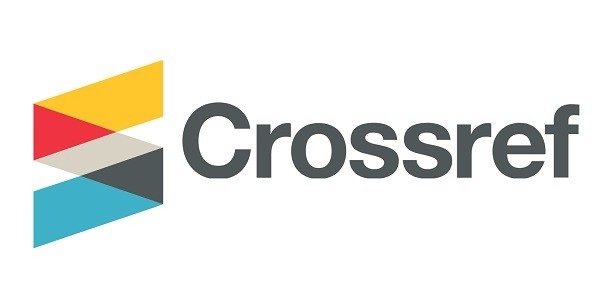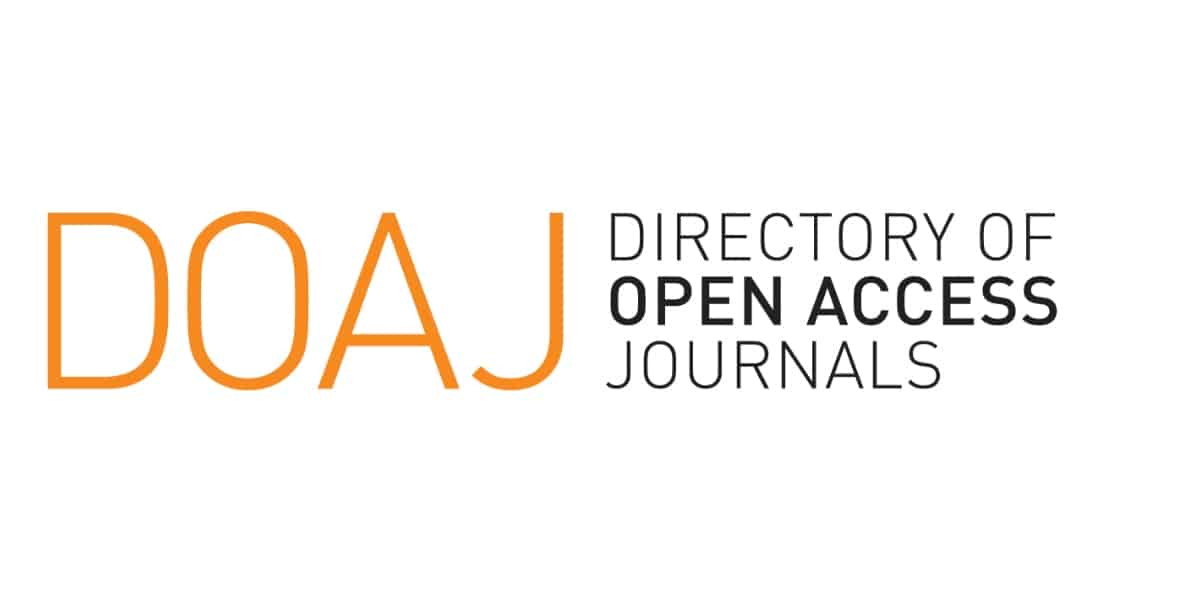DETERMINATION OF NANOFILTRATION RESISTANSES USING SERIES RESISTANCE MODEL AT SEPARATION OF BETA-CAROTENE AND ALPHA-TOCOPHEROL PALM OIL IN ISOPROPANOL
Abstract
ABSTRACT Palm oil contains high concentrations of carotenoids and tocopherols that can be recovered by adsorption using attapulgite and desorption in isopropanol and then applying membrane technology to separate the beta-carotene and alpha-tocopherol in isopropanol. The aim of this study was to determine the optimum condition of nanofiltration and to obtain resistances of membranes using the series resistance model. Titania membranes with different pore diameters (5 and 10 nm) were applied on nanofiltration membranes in this study. Applied pressure was ranged from 1.5 to 2.5 bars and crossflow velocity was ranged from 0.14 to 0.97 m s-1. It was found that membrane 5 nm had optimum transmembrane pressure at 2 bars and feed flow at 0.42 m s-1 with permeate flux of 0.96 liter m-2 h-1. On the other side, membrane 10 nm had optimum transmembrane pressure at 2.2 bars and feed flow at 0.69 m s-1 with permeate flux of 2.4 liter m-2 h-1. The nanofiltrations with 5 and 10 nm were not effective to separate beta-carotene and alpha-tocopherol in isopropanol because permeate flux and rejection were very low with resistances of membranes and resistance index were very high. So that to increase the permeate flux and rejection needed study on the used of different membrane and solvent type, conditioning of feed and controlling of aggregate alpha-tocopherol insolution of palm oil vitamin. Keywords: nanofiltration, series resistance, beta-carotene, alpha-tocopherol, isopropanol
How to Cite
Erliza NoorS. R. U. I. P. S. dan. (1). DETERMINATION OF NANOFILTRATION RESISTANSES USING SERIES RESISTANCE MODEL AT SEPARATION OF BETA-CAROTENE AND ALPHA-TOCOPHEROL PALM OIL IN ISOPROPANOL. Jurnal Teknologi Industri Pertanian, 21(1). Retrieved from https://journal.ipb.ac.id/index.php/jurnaltin/article/view/3669
Section
Articles

_page-00013.jpg)







_(1).png)

